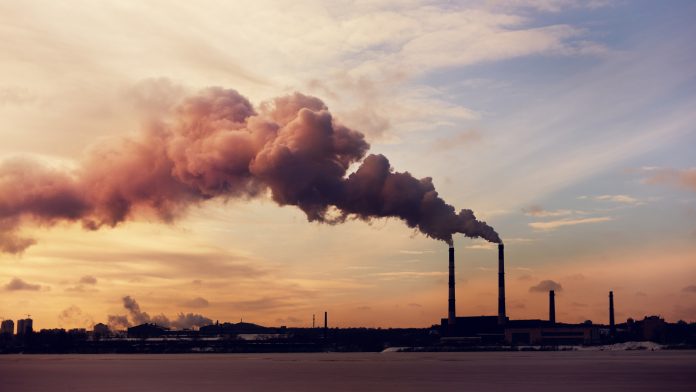Since the industrial revolution, industrial waste has been a huge problem. Worldwide, there has been an exponential increase in the amount of it created since World War II. Recover USA estimates that in the U.S alone, up to 7.6 billion tons of industrial waste are produced in a single year, with this number increasing. To preserve this earth, we need to confront this issue, head-on. But first, let’s understand what the problem is.
What is industrial waste and why is it an issue?
In an article published by the Safe Drinking Water Foundation, industrial waste is defined as “waste generated by manufacturing or industrial processes.” These wastes can be both non-hazardous and hazardous but are all the byproducts of industrial activity. This seems simple enough, but the implications are ginormous. To understand the impacts more clearly, we can split them into three categories: land, water, and air.
1. Land
Industrial waste is notorious for devastating habitats, endangering species. Landfills filled with environmentally toxic materials can destroy land habitats and kill species. Moreover, contamination of different habitats can cause a chain reaction, destroying other ecosystems that rely on each other. Waste can harm human health if dumped near inhabited areas, creating the potential for danger and health risks.
2. Water
Waste has one of the biggest destruction on aquatic environments. Introducing pollutants into waterways wreaks catastrophic damage to the species and ecosystems there. They can decrease oxygen supply, increase toxins, cause mutations, and more. Destroying marine habitats can harm much more than just fish, it can circle back to harm humans. Polluting our oceans means that we subsequently pollute and kill the oceans’ fish, decreasing food supply for the billions that rely on the ocean for food worldwide.
3. Air
Releasing toxins into the air affects everyone. In essence, these toxins and pollutants decrease air quality, which can further impact human health through illnesses.
What can we do to decrease industrial waste as consumers?
The biggest way to help decrease industrial waste is to go for sustainable products. Finding products that are sustainably made creates a consumer push for eco-friendly products. One way to do this is through supporting businesses that focus on ecologically friendly methods of production. For example, a social enterprise called Du Anyam, based in Indonesia focuses on many goals, one of them being creating a production method that is sustainable and environmentally friendly. By sourcing materials locally and following through with sustainable production processes, businesses like Du Anyam create a push for sustainable products that can be easily supported by consumers.
No matter who you are, industrial waste should be a pressing issue to you. Not only does it impact our environment, but it also directly impacts human lives. Take steps to fight against industrial waste, to help guide companies and other consumers towards a more sustainable future.

